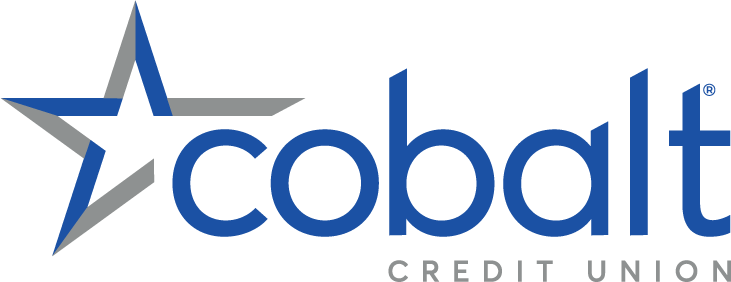Maybe you’re interested in adding a deck to your house. Or maybe you want to help pay for your daughter’s wedding. If you’re a homeowner looking to borrow money, a HELOC might be a good option for you. So what is a home equity line of credit? In short, a HELOC is a revolving line of credit you can access by borrowing against the equity in your home. (Equity is the value of your house minus what you owe on it.) You can use these low-interest loans for just about anything, and approached correctly, a HELOC can be a smart way to borrow money: Here’s what you need to know about this kind of loan.
Line of credit
Unlike a loan where you borrow a specific amount of money (like a car loan), a HELOC works a little like a credit card. You borrow as needed up to a max limit. And HELOCs typically come with a variable interest rate that could go up or down.
How payments work With a HELOC, you’ll have a set period where you can borrow money, called the draw period. The length of the draw period will vary based on which HELOC you choose, but they’re often around 10 years. During this time, you’ll make regular monthly payments. You’ll continue to make payments – or pay a lump sum – during the repayment period.*
The importance of equity
Since a HELOC borrows against the amount of equity you have in your home, you’ll need to make sure you’ve paid off enough of your mortgage to qualify. A financial institution will secure the ‘second lien’ on the property, so there needs to be equity available. Generally the loan-to-value ratio will need to be at 90% or less. So if you’re home is valued at $200,000, you’ll need to owe less than $180,000 to qualify for a HELOC.
Home equity line of credit rates are typically low and quite attractive, although they vary based on your credit history, the amount of equity in your home, and the terms of the HELOC. In general, you can expect HELOC rates to be lower than the interest rates on a personal loan or credit card, making them an excellent option to consider for qualified homeowners. (See Cobalt CUs current rates here.)
A versatile loan option
HELOCs offer several advantages. HELOCs can be used for many reasons including debt consolidation, renovations, higher education, vacation, etc.
There may also be tax advantages. Just like mortgage interest, a home equity loan or line of credit interest can be a tax deduction. She notes that it’s important to consult with your tax professional before assuming you can deduct the interest paid on a HELOC.
Have you used a HELOC? Share your experience in the comments below.
Will a HELOC fit in your financial plan? Find out with Cobalt CU’s Home Equity Line of Credit Questionnaire.
*See the rates page for full disclosures.

